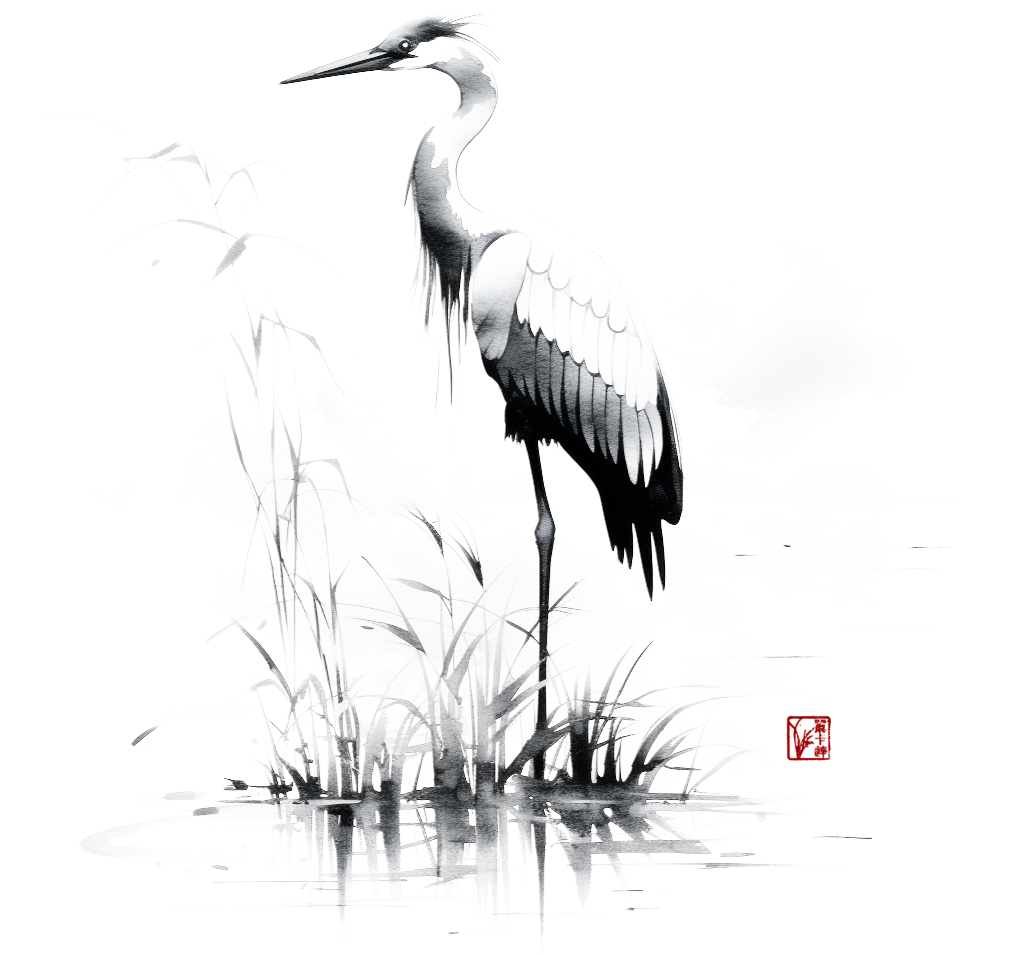Yin and Yang: The Dynamic Dance of Opposites and Balance
Yin and yang are central concepts in Chinese philosophy that describe how seemingly opposite forces are deeply interconnected and interdependent parts of a unified whole. Rather than standing in opposition or conflict, yin and yang represent complementary qualities that exist in everything, continuously interacting and












